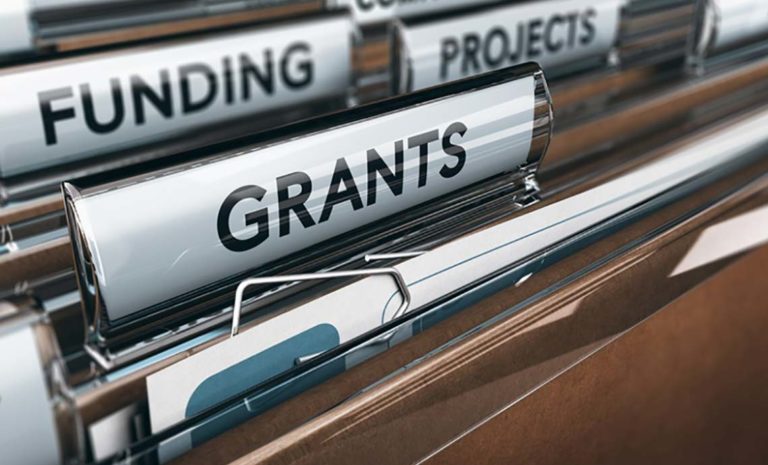Reading Time: 2 minutes
Is reconciling your organization’s cash records to the monthly bank statement a task that causes you to shudder? Ideally, reconciling your nonprofit bank statement is a task best accomplished through a specialized true fund accounting software. However, understanding the principles of bank reconciliation accounting may lead to more accurate transaction entries and a cash reconciliation process that could just make you smile.
Table of Contents
What Is A Bank Reconciliation?
When it comes to how to do cash reconciliation for your nonprofit, the process is really about comparing your organization’s cash records to the monthly statement provided by the bank. Cash records, also known as your cash general ledger (or GL), contain a list of all cash transactions during the month. Deposits to the bank will be debits to the cash general ledger account, while checks will be credits to the cash general ledger. Bank service fees and check fees are separate cash withdrawal items that should be entered as credits to the cash account.
How Timing Differences Create Discrepancies
In a perfect world, any differences between the cash general ledger and bank statement would be merely timing differences. As an example, an outstanding check written on July 31 will show up in the July cash GL, but it may not appear on the bank statement until August.
Similarly, deposits made to the bank at 5:00 p.m. on the last day of the month will be listed on the cash GL as that month’s transactions, but they will most likely not be listed on the bank statement until the next month. This discrepancy is known as a “deposit in transit,” a common timing difference between the cash GL and the bank statement. Timing differences can cause your nonprofit a few accounting headaches, but these discrepancies are usually easily spotted and addressed during cash reconciliation in a fund accounting software.
Steps to Reconciling the Bank Statement
First, start with the balance on the bank statement.
| Bank Balance July 31 | |
| Add | Deposits in Transit |
| Deduct | Outstanding checks |
| Add or Deduct | Bank Errors |
| Total | Adjusted/Corrected Bank Balance |
Second, obtain the cash balance from the general ledger.
| Cash Balance from General Ledger July 31 | |
| Deduct | Bank Service Charges |
| Add | Interest paid by the bank on your cash balance |
| Add or Deduct | Errors in the organization’s cash account |
| Total | Adjusted/Corrected Cash Balance |
Third, compare the adjusted totals.
If they are not the same, identify the differences so that corrections and adjustments can be entered into the correct place.
Finally, prepare the appropriate journals for the corrections and adjustments.
A good rule is to enter the item where it is missing. For example, interest that appears on the bank statement will need to be entered in the cash general ledger. Deposits in transit or outstanding checks are simply noted as adjustments to the bank balance. Those items will appear on the next statement but will already be included in the cash balance.
Bank reconciliation is an important tool in protecting your nonprofit’s assets. In our imperfect world, mistakes happen. Reconciling the bank statements on a regular basis allows for mistakes to be found and corrected so you’re left with accurate data for reporting. For best results, use a true fund accounting software intended for nonprofits.




